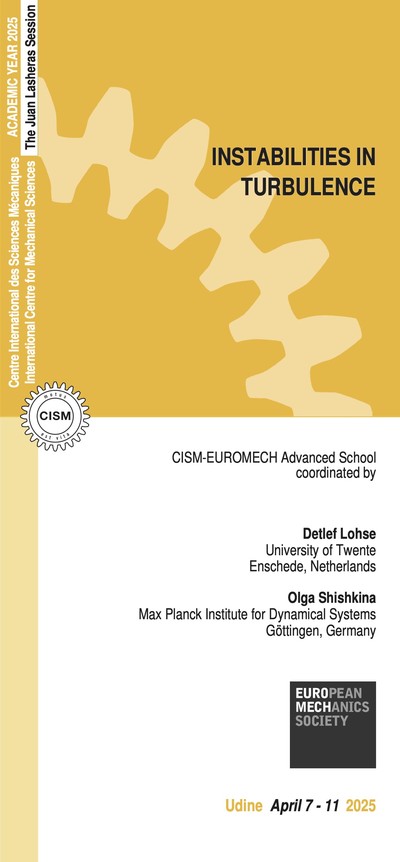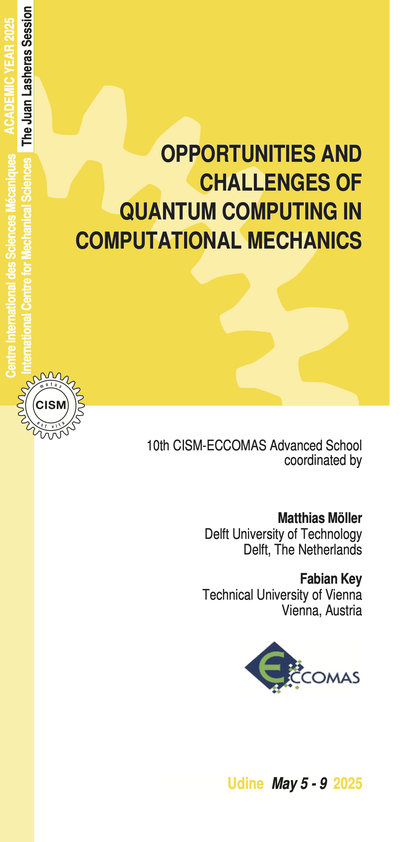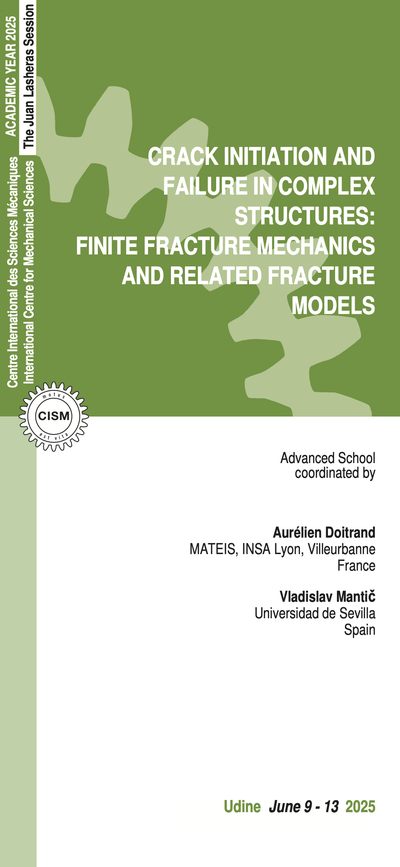The demand for donor organs exceeds the supply, necessitating the development of alternative, devicebased artificial organs. These devices are essential not only for bridging patients to transplantation but also as potential permanent solutions to organ failure. To ensure these devices function safely and effectively at the intersection of biology, fluid dynamics, chemistry, mechanical engineering, and medicine, extensive testing under realistic conditions is crucial. However, current experimental models, such as mock circulations and animal experiments, are often costly, time-consuming, and fail to fully replicate human pathophysiology. These limitations contribute to high development costs, risks, and failure rates in the clinical translation of artificial organs.
In this context, in-silico methods are increasingly important in the design and approval process of complex medical devices. Computational simulations can significantly reduce risks and failure rates by allowing for the screening of numerous scenarios and predicting critical events in "virtual patients." These simulations can uncover issues that are not detectable in traditional laboratory setups, offering unprecedented insights into human-machine interactions, such as detailed flow field information across the entire domain. This is particularly valuable in blood-wetted artificial organs, where early-stage predictions of hemocompatibility issues, such as blood damage and thrombosis, can lead to improved designs. The flexibility of numerical models allows for the incorporation of realistic boundary conditions-such as moving geometries and a wide range of pressure and flow conditions-and complex physiological mechanisms, including non-Newtonian flow phenomena. However, the computational intensity of these simulations necessitates efficient and accurate modeling strategies to deliver results in time. As a result, numerical simulations often involve problem idealization and approximation. Patient-specific geometries and fluid properties introduce inherent uncertainties, making the validation of computational methodologies and uncertainty quantification essential for reliable predictions. Berlin Heart GmbH is among the market leaders in the sector, upholding the highest standards in reliability and precision for innovative VADs for mechanical circulatory support, and will present their approach to utilizing numerical simulations from a manufacturer’s perspective.
This course provides participants with the fundamental framework to understand and conduct computational simulations in bio-fluidic applications. Designed for graduate students, physicians and researchers in medical, applied, and engineering sciences with an interest in biomechanics, the course offers an overview of numerical simulation methods to guide the design and application of artificial organs. Topics range from an introduction to the basic physiology of the respiratory and cardiovascular systems to advanced numerical simulation methods that capture complex human-machine interactions in moving organs. Emphasis is placed on modeling boundary conditions, turbulent flow regimes, and non-Newtonian flow behavior. The lecture series is complemented by poster sessions, where participants can present their work and foster cross-disciplinary collaborations.
Fraser, K. H., Taskin, M. E., Griffith, B. P., and Wu, Z. J., “The use of computational fluid dynamics in the development of ventricular assist devices,” Medical engineering & physics, Vol. 33, No. 3, 2011, pp. 263–280.
Fraser, K. H., Zhang, T., Taskin, M. E., Griffith, B. P., and Wu, Z. J., “A quantitative comparison of mechanical blood damage parameters in rotary ventricular assist devices: shear stress, exposure time and hemolysis index,” Journal of Biomechanical Engineering, Vol. 134, No. 8, 2012, pp. 081002.
Taskin, M. E., Fraser, K. H., Zhang, T., Wu, C., Griffith, B. P., and Wu, Z. J., “Evaluation of Eulerian and Lagrangian models for hemolysis estimation,” ASAIO journal, Vol. 58, No. 4, 2012, pp. 363–372.
Fuchs, G., Berg, N., Broman, L. M., and Prahl Wittberg, L., “Flow-induced platelet activation in components of the extracorporeal membrane oxygenation circuit,” Scientific reports, Vol. 8, No. 1, 2018, pp. 13985.
Ananthaseshan, S., Bojakowski, K., Sacharczuk, M., Poznanski, P., Skiba, D. S., Prahl Wittberg, L., McKenzie, J., Szkulmowska, A., Berg, N., Andziak, P., et al., “Red blood cell distribution width is associated with increased interactions of blood cells with vascular wall,” Scientific Reports, Vol. 12, No. 1, 2022, pp. 13676.
Parker, L. P., Svensson Marcial, A., Brismar, T. B., Broman, L. M., and Prahl Wittberg, L., “Hemodynamic and recirculation performance of dual lumen cannulas for venovenous extracorporeal membrane oxygenation,” Scientific Reports, Vol. 13, No. 1, 2023, pp. 7472.
Durán, E., García-Villalba, M., Martínez-Legazpi, P., Gonzalo, A., McVeigh, E., Kahn, A. M., Bermejo, J., Flores, O., and Del Álamo, J. C., “Pulmonary vein flow split effects in patient-specific simulations of left atrial flow,” Computers in biology and medicine, Vol. 163, 2023, pp. 107128.
Gonzalo, A., García-Villalba, M., Rossini, L., Duran, E., Vigneault, D., Martínez-Legazpi, P., Flores, O., Bermejo, J., McVeigh, E., Kahn, A. M., et al., “Non-Newtonian blood rheology impacts left atrial stasis in patient-specific simulations,” International journal for numerical methods in biomedical engineering, Vol. 38, No. 6, 2022, pp. e3597.
6 lectures on:
The nature of blood flow in medical devices; Measuring blood velocity fields; Numerical modelling of haemolysis; Numerical models of thrombosis; Relevance of turbulence modelling in rotary blood pumps; Methods for simulating medical devices.
6 lectures on:
Computational fluid dynamics; Multi-scale, multi-physics simulations; Uncertainty quantification; Immersed boundary methods; Fluid-structure interaction methods; Application to modelling of cardiac valves.
6 lectures on:
Cardiac mechanics; Experimental approaches to investigate cardiac biomechanics; Modelling flow through the vasculature; Venous physiology and Guyton’s model of venous return; Lumped parameter modelling of the cardiovascular system; Interaction between implantable blood pumps and the cardiovascular system.
6 lectures on:
Multiphase modelling of blood flow; Turbulence modelling considerations and requirements; Lagrangian particle tracking; Modeling of thrombus formation in artificial devices; The fluid dynamics of ECMO components (pumps and cannulae); Interaction cannulae and patient in ECMO / Cannulation strategies in ECMO.
4 lectures on:
Basic physiology (Blood/Heart/Vessels); The cardiovascular system - Physiology/Pathophysiology/Surgeries; Blood trauma, deceases, and anticoagulation; The surgeon perspective (artificial organs, in-silico medicine).
4 lectures on:
The need for simulation methods in medicine; Handling patient specific geometries; Modelling flow in rotating machines; Blood pump design.
3 lectures on:
Berlin Heart’s advanced pediatric heart support systems; Regulatory issues with numerical simulations; Limitations of numerical simulations compared to in-vitro analyses.
ADMISSION AND ACCOMMODATION
The course is offered in a hybrid format, allowing participants the flexibility to attend either in person or remotely via the Microsoft Teams platform.
Admission to on-site attendance is granted on a first-come, first-served basis to comply with the capacity of the lecture room.
Application forms should be submitted online through the website: http://www.cism.it. A confirmation message will be sent to participants whose applications are accepted.
Registration fees:
- Early Bird On-Site Participation: € 650.00 + VAT* - Deadline: May 14, 2025
- Late On-Site Participation: € 800.00 + VAT* - Deadline: July 1,2025
- Live Streaming Online Participation: € 250.00 + VAT* - Deadline: July 1, 2025
On-site participation includes a complimentary bag, five fixed menu buffet lunches, hot beverages, downloadable lecture notes.
Online participation includes downloadable lecture notes.
Upon request, and subject to availability, a limited number of on-site participants can be accommodated at the CISM Guest House for € 35 per person per night. To request accommodation, please contact foresteria@cism.it.
CANCELLATION POLICY
Applicants may cancel their registration and receive a full refund by notifying the CISM Secretariat in writing (via email) no later than:
- May 14, 2025, for early bird on-site participation;
- June 14, 2025, for late on-site participation;
- July 1, 2025, for online participation.
No refunds after the deadlines. Cancellation requests received before these deadlines and incorrect payments will be subject to a € 50.00 handling fee.
GRANTS
A limited number of participants from universities and research centers who do not receive support from their institutions can request a waiver of the registration fee and/or free lodging.
Requests should be sent to the CISM Secretariat by May 14, 2025, along with the applicant's curriculum vitae and a letter of recommendation from the head of the department or a supervisor confirming that the institute cannot provide funding. Preference will be given to applicants from countries that sponsor CISM.





